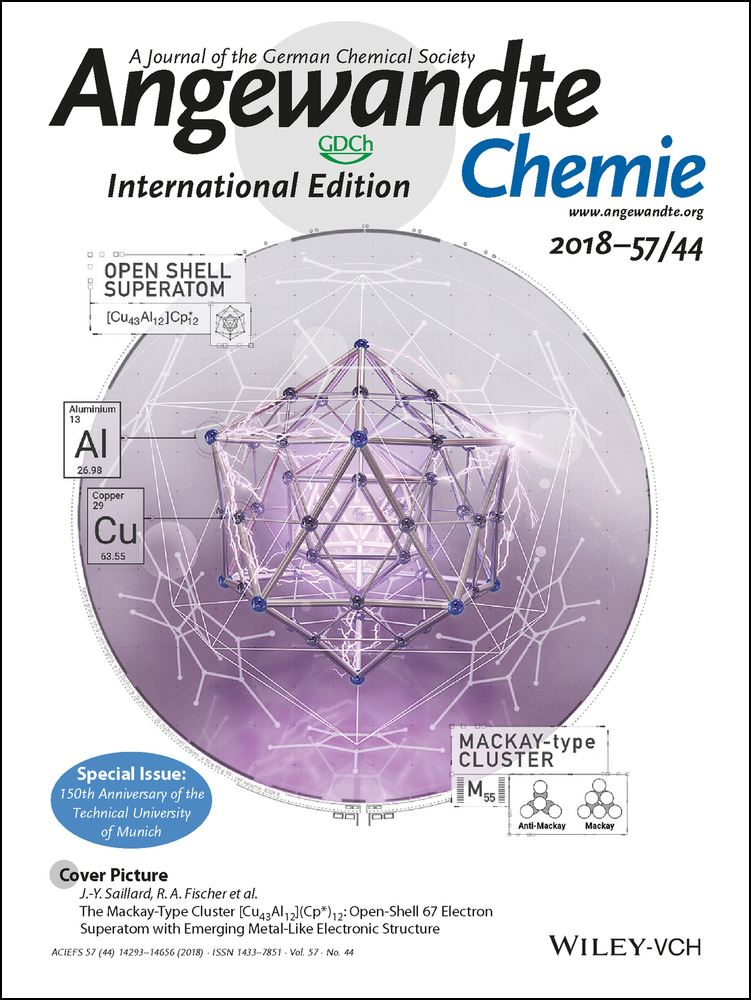Nickel-Catalyzed Enantioconvergent Borylation of Racemic Secondary Benzylic Electrophiles
Graphical Abstract
Nickel-catalyzed stereoconvergent cross-couplings of racemic alkyl electrophiles have been expanded to include carbon–heteroatom bond construction for the first time. Specifically, a chiral nickel/pybox catalyst has been shown to borylate benzylic chlorides to produce enantioenriched benzylic boronic esters, a useful family of compounds in organic synthesis.
Abstract
Nickel-catalyzed cross-coupling has emerged as the most versatile approach to date for achieving enantioconvergent carbon–carbon bond formation using racemic alkyl halides as electrophiles. In contrast, there have not yet been reports of the application of chiral nickel catalysts to the corresponding reactions with heteroatom nucleophiles to produce carbon–heteroatom bonds with good enantioselectivity. Herein, we establish that a chiral nickel/pybox catalyst can borylate racemic secondary benzylic chlorides to provide enantioenriched benzylic boronic esters, a highly useful family of compounds in organic synthesis. The method displays good functional group compatibility (e.g., being unimpeded by the presence of an indole, a ketone, a tertiary amine, or an unactivated alkyl bromide), and both of the catalyst components (NiCl2⋅glyme and the pybox ligand) are commercially available.





